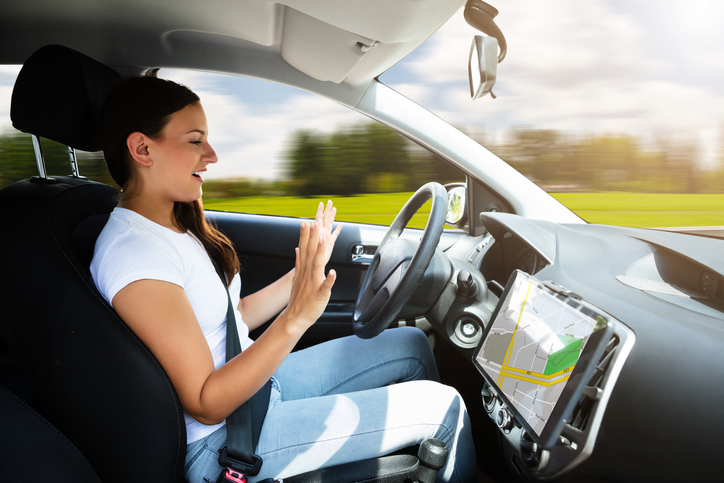A look at how telematics will profoundly revolutionise our everyday lives

Over the centuries, progress has brought about a net improvement in the quality of our lives, and technology – from the creation of the first wheel to the most recent smartphone – has always been the prime driver of societal progress. Today, technology continues to provide new opportunities to improve our life styles, health and much more. And the future is just around the corner: it will be ushered in by self-driving cars.
Self-Driving Vehicles
Self-driving vehicles represent a great technological milestone, the achievement of something science fiction has been touting for decades, but, above all, they will radically improve our quality of life.
The advent of autonomously-driven vehicles will virtually eradicate the stress involved with driving and parking. Smart navigation systems will reduce traffic congestion and decrease noise and air pollution, while the large amounts of space once reserved for parking will be able to be transformed into greener areas for socialisation, improving urban décor. Not to mention the fact that we will be able to use the time previously dedicated to driving and looking for parking spaces to working, resting or enjoying a myriad of leisure activities.
And these benefits will extend far beyond our roads and sidewalks, but into our homes and offices too.
Domotics
As the entire urban scenario around us changes to accommodate self-driving cars, the telematics revolution will also drive a vast improvement in domotics.
Our homes will change radically through smart automation and the introduction of added value services will further improve our quality of life. Domotics promises to expand the adoption of clean, sustainable and efficient energetic consumption. It will simplify our daily lives and actively monitor our houses from a number of hazards including fires, flooding, gas leaks and burglary, as well as alerting the emergency services if necessary.
Health
Telematics and domotics will not only reduce many of the elements that cause stress and pollution, but will also provide for the active monitoring of our health through the ubiquitous introduction of sensors.
Ubiquitous miniaturised sensors in our vehicles, homes and offices, as well as wearables, will unobtrusively keep our vital parameters under control and promote the science of “prevention is the best cure” through a wide range of e-health services seamlessly connected to the greater Internet of Things.
Indeed, the true backbone of technological innovation lies hidden, seamlessly embedded into the infrastructure. It’s the rise not only of smart cars, houses and offices, but of smart communities.
Offices
Our offices have long been considered a “natural” agent of stress, but this is rapidly changing, too.
Work places are becoming more flexible, more collaborative and introducing areas for socialisation, team work and even play. Above all, the trend is to make our offices greener, permeable to natural sunlight and possibly as seamless as possible with the natural environment outside.
This new trend, which is being adopted not only in our offices, but in our homes too, is based on biophilia, the natural human instinct to want to be closer to nature. Indeed, various studies have proven that natural environments increase concentration and acumen. And, of course, natural sunlight, is beneficial to our physical and psychological well-being, too.
New office concepts are also studied to prevent us from remaining stationary at a desk for hours on end, driving us to move around and keep our blood flowing. Indeed, many future office concepts are already envisioning chair-free environments that will literally keep us on our feet.
Wearables
Moreover, in terms of business efficiency, wearables will also increase our concentration by ending the constant interruptions caused by emails, calls, and colleagues. New devices will monitor not only our health, but also our level of concentration and block all but the most important communications until we have completed our task or are ready to take a break.
In short, the emphasis will be on personnel well-being and health as a secret to secure greater productivity and collaboration.
For further information:





